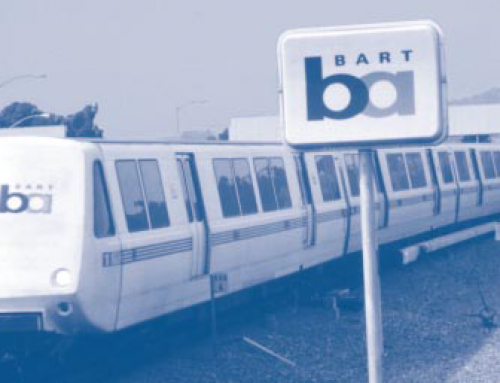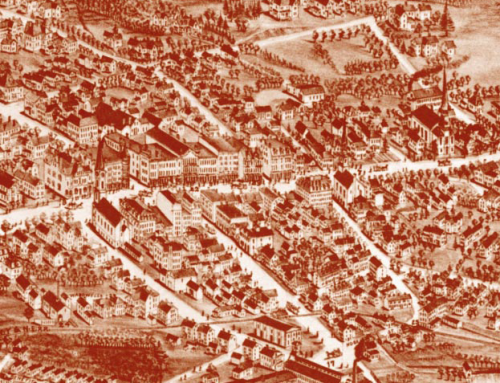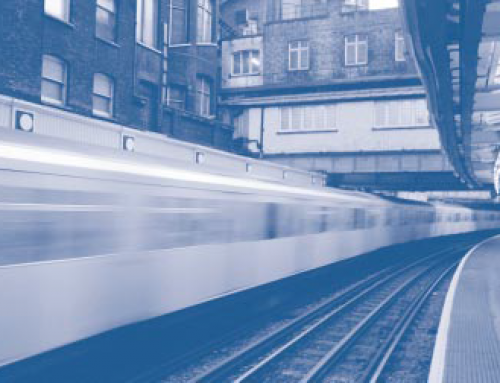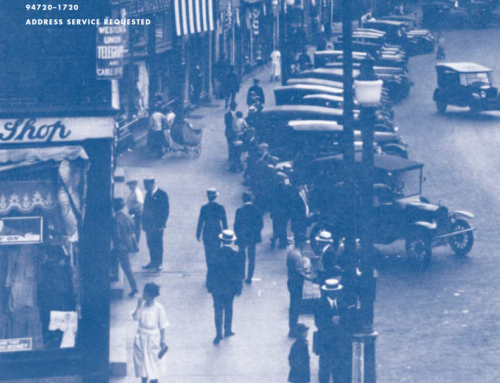 Back in the 1950s and 1960S, a basic aim for the newly proposed BART system was to curb urban sprawl. The trick was to reinforce major metropolitan centers and create new suburban subcenters. Because land adjacent to BART’s station sites would be highly accessible, its planners expected they’d be powerful magnets attracting offices, shops, and high-density housing. Those concentrations would make for culturally enriched residential life and a more viable local economy. In turn, they’d attract riders to BART and thus help reduce traffic congestion.
Back in the 1950s and 1960S, a basic aim for the newly proposed BART system was to curb urban sprawl. The trick was to reinforce major metropolitan centers and create new suburban subcenters. Because land adjacent to BART’s station sites would be highly accessible, its planners expected they’d be powerful magnets attracting offices, shops, and high-density housing. Those concentrations would make for culturally enriched residential life and a more viable local economy. In turn, they’d attract riders to BART and thus help reduce traffic congestion.
Our mid-’70s assessments of promised land use effects were pessimistic, but probably premature, because land use changes are slow to show up. Now, some two decades later, it is possible to assess BART’s influence on Bay Area development with greater precision and confidence.
John Landis and Robert Cervero have conducted a new series of land use studies around BART lines and stations, and they summarize their findings here. Their conclusions confirm those of the earlier assessment: Downtown San Francisco’s office employment has indeed expanded dramatically near BART stations, but there has been only modest development around other stations—whether urban, suburban, or exurban. They find BART has had little influence on the location of either population or employment. Indeed, growth rates were lowest in those suburban corridors served by BART, and suburban office construction favored places that lack BART service.
Patronage has also fallen short of expectations. Initial forecasts expected 258,500 daily riders in 1975. Now, 24 years later and after a 30 percent increase in population, there may not yet be even that many riders on the original lines.
Metropolitan areas around the country have been building or extending rail systems and, with some notable exceptions, experiencing similarly disappointing patronage and urbanization effects. One exception is Washington’s Metro, whose Orange Line route into Virginia is now a rapidly urbanizing corridor with a series of new, high-density subcenters surrounding stations. Although BART is several years older, nothing resembling such dense concentrations has emerged near its suburban stations (see photos on page 12).
Four explanations may account for the differences.
- At the outset, more auto ownership and an extensive network of highways and freeways endowed the Bay Area with a higher level of region-wide accessibility. The additional accessibility at BART stations was but a small increment and hence largely inconsequential.
- In the absence of numerous transit riders living or working at stations, these sites are less attractive to real-estate investors than are dispersed and spacious sites readily accessible by automobile.
- Unlike Metro’s complex network of intracity lines, BART is essentially a suburban commuter railroad with two main lines reaching to outlying stations. Those stations are largely surrounded by paved lots offering free parking and occupying much of the adjacent land.
- As Jonathan Levine explains in his accompanying article, so long as land use regulations continue to limit locational choice for families and businesses, the land market can’t respond to induce desired urban and travel patterns.
Suburban centers along Washington Metro’s lines are direct products of active engagement by local governments collaborating with private land Together, they changed land use regulations, exploited urban-redevelopment options, created joint-development enterprises, and forged tax and other financial incentives that encouraged high-density housing and high-rise office buildings. Metro thus became an effective instrument for city-building.
In contrast, it seems that BART saw itself primarily as a railroad rather than as an agent of urban development. So it didn’t actively work with local governments to change the zoning, or with real-estate developers and financial institutions to build at stations. The absence of intensive suburban centers then translated into too few riders. In turn, BART’s low patronage was little inducement to concentrated suburban development. In further turn, continued low density meant continued low patronage.
Our experience here suggests it’s not enough just to install rail transit. It should now be apparent that we can’t rely on trains alone to restructure the land market so that it spontaneously induces desired urban forms or attracts sufficient riders. Once again, events have exposed the intrinsic inter-dependencies between land use and transportation, showing that we can’t treat the one without the other.
Melvin M. Webber






